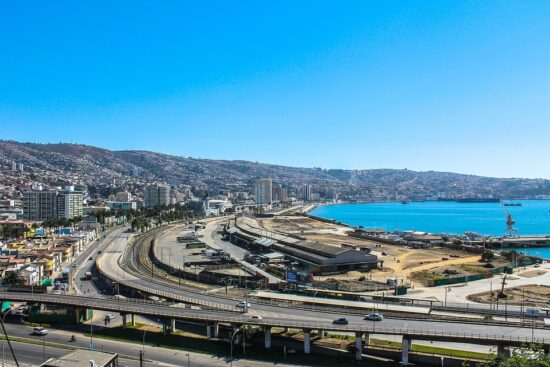Trends and socioeconomic, demographic, and environmental factors associated with antimicrobial resistance: a longitudinal analysis in 39 hospitals in Chile 2008–2017
Antimicrobial resistance (AMR) is among the most critical global health threats of the 21st century. AMR is primarily driven by the use and misuse of antibiotics but can be affected by socioeconomic and environmental factors. Reliable and comparable estimates of AMR over time are essential to making public health decisions, defining research priorities, and evaluating interventions. However, estimates for developing regions are scant. We describe the evolution of AMR for critical priority antibiotic-bacterium pairs in Chile and examine their association with hospital and community-level characteristics using multivariate rate-adjusted regressions.
Consistent with research in other countries in the region, our results show a worrisome increase in clinically relevant AMR in Chile and suggest that hospital complexity and living conditions in the community may affect the emergence and spread of AMR. Our results highlight the importance of understanding AMR in hospitals and their interaction with the community and the environment to curtail this ongoing public health crisis.
AMR NEWS
Your Biweekly Source for Global AMR Insights!
Stay informed with the essential newsletter that brings together all the latest One Health news on antimicrobial resistance. Delivered straight to your inbox every two weeks, AMR NEWS provides a curated selection of international insights, key publications, and the latest updates in the fight against AMR.
Don’t miss out on staying ahead in the global AMR movement—subscribe now!







